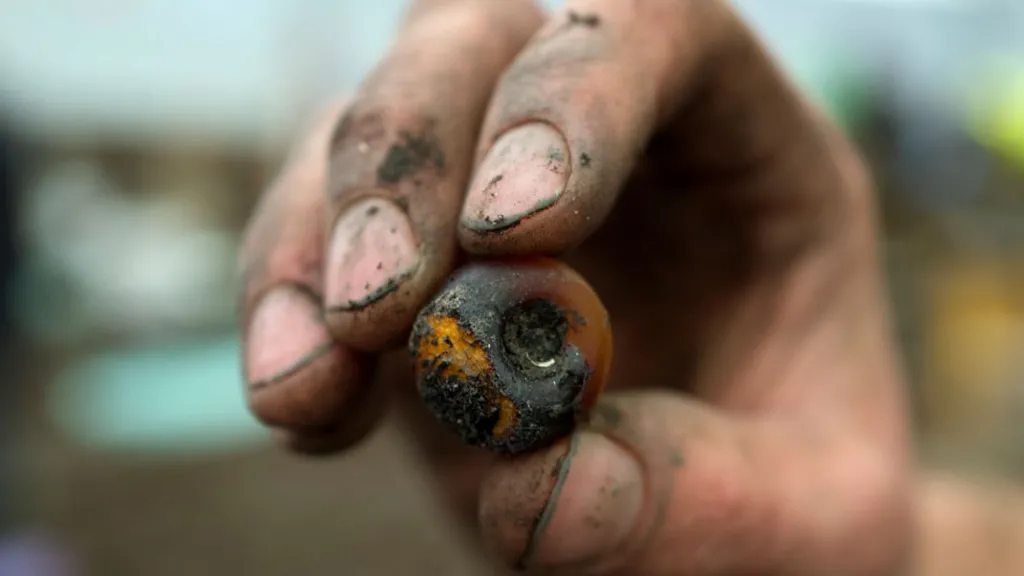Near the town of Kamień Pomorski in the West Pomeranian Voivodeship in northwestern Poland, a medieval belt loop used for hanging keys or pouches was discovered. So far, only 15 such belt loops have been discovered in Europe.
The discovery was announced on social media by the Kamieńska Land Historical Museum, where the monument was purchased for its collection. The museum’s director, archaeologist Grzegorz Kurka, described the find as “extraordinary”.
Such belt loops have only been discovered in the northwestern part of Poland. So far only 15 similar belt loops have been discovered in Europe – 1 in Hungary, 1 in Austria and 12 in Germany – mostly in Bavaria.

The belt loop was found by a prospector, a member of the St. Cordula Monuments Preservation Exploration Association, which brings together history enthusiasts who explore the secrets of the region with the help of metal detectors and conduct legal searches.
The piece is 56 mm high and in very good condition.

Grzegorz Kurka said, “The front panel has an anthropomorphic form. The head of the figure is schematically marked. The hands rest on the hips. Protruding from the hips, they form an arch with holes 4 mm in diameter. Diagonal and horizontal cuts can be seen on the torso and hips – schematically forming a costume typical of the late Gothic period. At the bottom of the costume there is a vertical hole 13 mm long, and just below it a hole probably intended for hanging keys or a pouch (a hole 4 mm in diameter).”
Cover Photo: Muzeum Historii Ziemi Kamieńskiej




